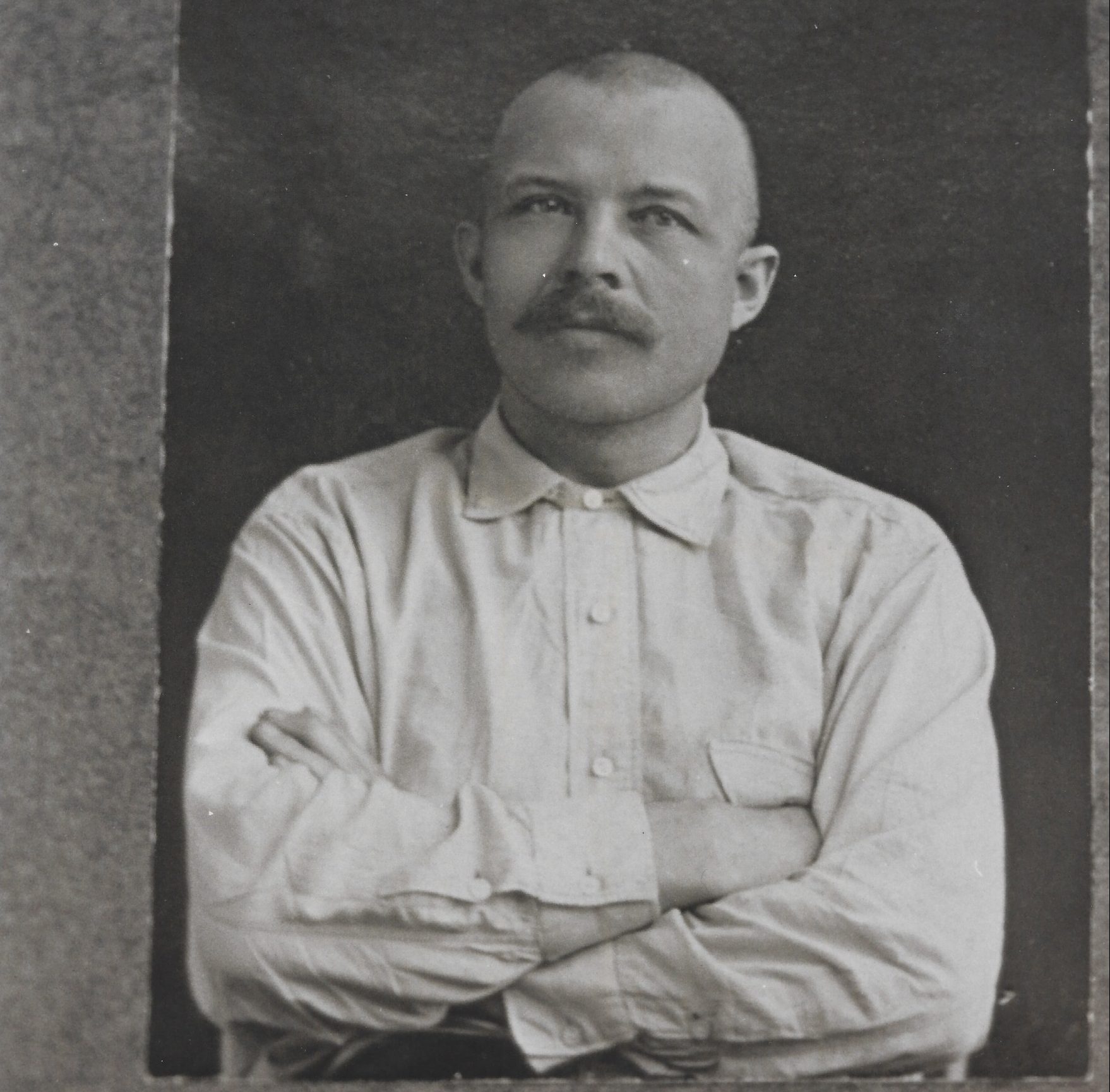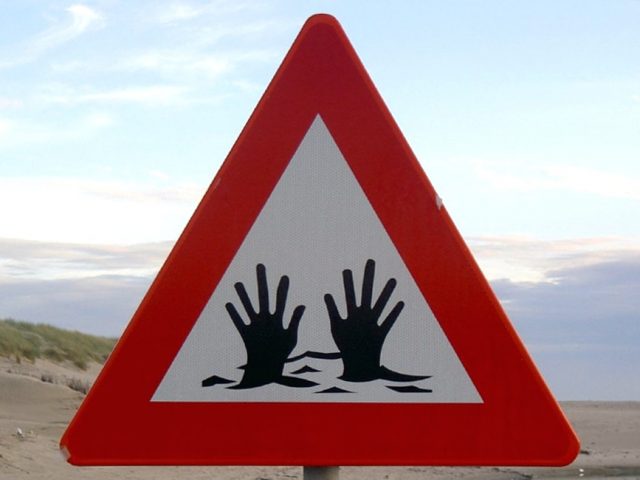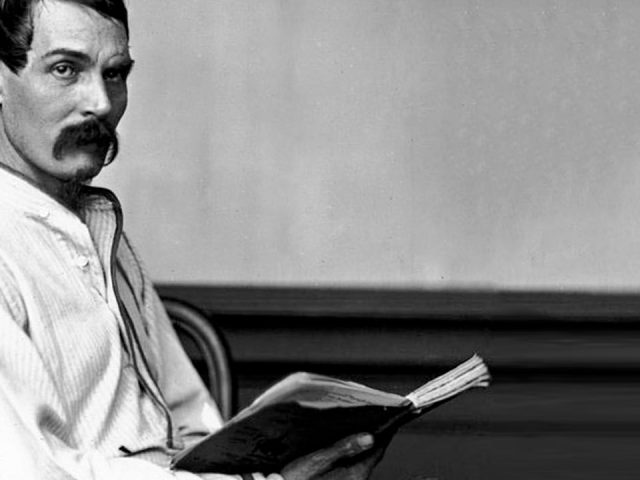Part 2
An hour later I was in the charming town of Sequim, having found a congenial and legal spot to park for the night— Gilgal Oasis RV Park, a first-rate spot. The weather had cleared and the manager told me that this area is known for relatively clear weather —“the blue hole over Sequim”, he said.
Sequim (pron. “Squim”) has a population of less than 8,000, but seemed a good deal larger to me, sprawled right out. Incidentally, Sequim means “a good place to shoot” in the native language. If the gun-huggers of the country ever get wind of that, I’d say this placid little town is finished.
Sequim lies within the rain shadow of the Olympic Mountains, and generally receives about the same amount of rain as Los Angeles—less than 16 inches a year. About 60 miles west of there is the Hoh Rain Forest, the wettest place in the contiguous U.S.—which gets 200. It’s a real wonder of topography.
Later, Rose and I walked along the main drag, East Washington Street. As we went along, several people made eye contact and smiled. Some just said hello, others asked a few questions about the dog—breed and age,mostly. I was impressed by the frank openness and courtesy of the people I encountered. We used to call such attributes wholesome when I was a kid. I was glad to be there— I think it must be a lovely place to live.
This confirms one thing that I’ve repeatedly found: there’s nothing like having a dog with you to break the ice with the locals. Steinbeck suggested that a stranger walking around without a dog is liable to be considered suspicious— maybe even a prowler, or an escaped mental patient.
In my view, the vast majority of people you meet on the main street of a small town seem to like dogs; I put the figure at 90%. Formal studies indicate it’s more like 75%, so I may be biased. You can tell the cat-fanciers a block away. They’ll often cross the street, noses in the air, to avoid having to even look at your dog and you.
One thing I found remarkable in Sequim was the number of Chinese restaurants along the street. It’s as though it was the law that all Chinese restaurants had to be in the same neighborhood. In order, as I encountered them, were The Moon Palace, The Golden Star, The Dynasty and The Fortune Star, all within a couple of blocks.
This got me thinking of Chinese Restaurants in general. We see them everywhere in the Western world, of course, normally with weathered signs offering “Chinese and Western Cuisine”. Early in the Pandemic I saw a Chinese Restaurant, closed at that moment, with a remarkable hand-lettered sign taped in the front window: “ONLY WESTERN FOOD—NO CHINESE!” I felt sorry for the owner.
Ah, yes, the Chinese Restaurant— ubiquitous, yet largely opaque in its nature, retaining a measure of old-country inscrutability. I imagine each restaurant has an interesting story. Certain questions spring to mind. Who started it? What did he do in China before he came to America? Why did he leave his homeland, and how did he pay for his passage? How did he find and court his wife? How are their children and grandchildren doing? Did any go back to China?
Chinese restaurants started appearing in America at the time of the California gold rush, between 1848 and 1855. Thirty thousand Chinese gamely made their way to the U.S. to try their luck in the gold-fields, and to escape political and economic chaos of the Xianfeng Empire at home. The first Chinese restaurant in America, the Canton, was established in San Francisco in 1848. Two years later there were five; the trend had begun.
But when the gold ran out, many Chinese migrated eastward; they comprised a huge pool of labour, and typically found work in agriculture, as domestic help, or in the laundry business. They are, however, most prominently associated with the construction of the first transcontinental railroad (1863-69) for which they supplied 90% of the labour.
The railroad was a great success, a wonder of 19th century ingenuity, stretching 1600 miles from Alameda, California to Omaha, Nebraska. Wherever the railroad went, Chinese restaurants naturally sprang up. Today there are over 45,000 Chinese restaurants in the U.S., more than all the McDonald’s, KFCs, Pizza Huts, Taco Bells and Wendy’s combined. Panda Express, the largest Chinese restaurant chain, has over 2,000 outlets in the U.S.
I was interested to learn that many family-run Chinese restaurants are closing their doors for good. The work of running a restaurant can be brutal, and the younger generations are inclined to pursue more pleasant and efficient ways to make a living.
And to think I wouldn’t have learned any of this if Rose and I hadn’t meandered down Washington Street in Sequim, one day in the off-season.
Returning to our narrative, on the second day Rose and I made our way south along the lovely Hood Canal and turned west just outside of Olympia. The next settlement of any size is Aberdeen, a port city of 17,000. Now my family springs from a place in northern Scotland near Aberdeen, so I was favourably disposed to this place before I got there—even though it’s the site of the Trump International Golf Club Scotland. I was expecting a piece of the Old Country—heather, sheep, stags, whisky, bagpipes, kilts, sporrans, haggis and so on.
As we approached the city, something caught my eye. It was flapping behind a car ahead of me, in the slow lane. I hurried alongside to satisfy my curiosity. The car— a dirty, battered, downscale American beater— had a short vertical pole attached to its trailer hitch. From it flew a ragged flag. The hand-lettered message on the flag indicated what “Joe Biden” should do to himself. Suffice to say, it was obscene, nauseating— and struck me as cruel and witless.
To be clear, I like the current president a great deal; he is a wise, kind leader, a great-souled man, a grandfatherly figure— and he’s doing his very best in a terrible time. What a tremendous burden for one man! For the love of God, let’s cut him some slack.
This flag nitwit really got my back up. I wondered, if I had anything to say about it, what kind of punishment I would select. Naturally, I would have to be fair—proportional, effective and humane. I thought for a moment, and then…I had it!
Singapore!
Singapore has a well-established reputation for being strict about objectionable behavior, and has certain interesting remedial measures on the books—a hold-over from the old British colonial days. The one I’d choose for this miscreant is, in fact, a good spanking.
In Singapore they call it “caning”, of course, and the penalty for this type of nonsense is 24 strokes on the bare bum with a rattan cane— half and inch wide and four feet long. I’m told it whistles toward its target at 160 km/hr. I imagine they can hear the whacks and howls away across town.
Incidentally, I am a veteran of numerous canings myself. In my highschool years I attended a boarding school run along British lines. This school, which I won’t name, meted out similar punishment for certain offenses. They called it “six of the best”.
I got caned mainly for smoking. Caning is indeed a memorable experience, and although not perfect, a pretty good modifier of unruly behavior. In my case, the effect was strictly temporary; it simply made me more careful each time I’d light up one of my precious duMaurier Filter Kings.
Maybe the flag guy had put me in a bad frame of mind, but I found downtown Aberdeen a cheerless, down-at-heel, dumpy kind of place. Most of the buildings were constructed of dreadful, cold concrete. Many seemed vacant; store-fronts were boarded-up; the place was, for practical purposes, lifeless.
In any case, Rose needed a walk, so I pulled over and stopped on the main drag, South Washington Street. What, another Washington Street? I half-expected the rig to be stripped as soon as we went around the corner. The place had a strong feeling of decrepitude, of one foot in the grave— a dog-watch away from being a “ghost-city.”
Aberdeen, however, has a couple of interesting claims to fame. In modern times, it is considered “The Birthplace of Grunge”. I didn’t know much about that, so I looked it up. “Grunge” is defined as “a style of rock music characterized by a raucous guitar sound and lazy vocal delivery.”
As I say, I am no expert on this aspect of modern culture, but I’m likely a fairly objective observer. The grunge-meisters themselves seem at pains to appear as sloppy as possible—unkempt to the nth degree. Furthermore, (and I’m speaking professionally now) most look like they could use a good scrub in the tub and a stretch in rehab.
A major force in the world of Grunge was Aberdeen’s favorite son, Kurt Cobain. In 1987 he founded the group Nirvana— which went on to become one of the top rock bands of all time. The original meaning of “Nirvana” is an Indian theological concept concerning the extinguishing of the flame of earthly desires, of gaining salvation, and becoming free from the cycle of birth, death and rebirth. The name was curiously prophetic.

The sign welcoming visitors to Aberdeen advises you to “Come As You Are”— which, I’m told, is one of Nirvana’s big hits. With an open mind I gave the song a listen; alas, I found it totally insufferable. My poor ears— what caterwauling! I don’t know… I guess I’m old and stodgy…maybe heroin would help…
The word “grunge”, incidentally, is American slang for “something repugnant.” I figure engaging in this art-form must be to plumb the depths of the aesthetics barrel— a veritable death-wish for the artists themselves and their head-banging followers. I expect anyone who single-mindedly pursued a grunge career would come to a sorry end.
Therefore, it came as no surprise to learn that on March, 3, 1994 Kurt Cobain attempted suicide— for the first time. There are several versions of how he attempted it, but his wife, Courtney Love, said he took fifty painkillers at once, perhaps with champagne and Rhohypnol.
In Rome at the time, she quickly had him flown home and admitted to a rehab facility in Los Angeles. After a few days there he escaped by scaling a fence, made it to LAX and promptly flew home to Seattle. On the 5th of April, he dispatched himself with a 20 gauge shotgun blast to the head, Hemingway-style. His body was found in the greenhouse by an employee three days later. He was survived by his wife and baby daughter, Frances. He was 27. My God, what a sad story.
We will move along now, but still in a grungy vein—apparently unavoidable in this town. Aberdeen has been one of the largest ports on the West Coast for over a century, and huge numbers of seamen passed through it. Awash in saloons, brothels and gambling halls, the place was well set-up for thirsty, sex-starved sea-dogs with money in their bell-bottoms.
Aberdeen’s headlong pursuit of decadence earned it the nickname “The Hellhole of the Pacific”. You certainly won’t find this term on the local Chamber of Commerce website; sensibly enough, they prefer to call it “The Gateway to the Pacific.” That’s rich— the place is clearly seeking respectability in its old age.
In the first years of the twentieth century Aberdeen was distinguished as being a place where many men came to a gruesome end. It became known as “The Port of Missing Men” which has a delightfully unsettling feel to it. One thinks of the tales of H.P. Lovecraft, E.A. Poe, Stephen King…
This leads us to the story of an intriguing local character named William F. Gohl. He happened to live in Aberdeen at precisely the time many seamen mysteriously went missing. These hapless lads either vanished completely, or were fished out of local waters, quite dead— with a neat bullet-hole in each forehead.

As I understand it, the elements of this story are these: in about 1902 Gohl, a German, arrived in Aberdeen, straight from the Klondike Gold rush, where he had gone bust. However, he was by all accounts a smooth operator, and managed to wangle a job as Secretary of the Pacific Sailors’ Union of the Pacific — a position of considerable importance. One account describes him as a big man with “dashing savoir-faire.”
In time he became a trusted member of his community, and dealt with many of the newly-arrived sailors. A kindness he extended to newcomers was the safekeeping of their cash and valuables. But, in truth, he was not imbued with a single drop of the milk of human kindness. Quite the contrary— he was a psychopathic monster who turned out to be one of the worst serial killers in the country’s history.
His modus operandi was as follows, nearly perfect in its simplicity. Gohl worked alone in his office. When a new client came in, he would greet him warmly and get him seated comfortably; he would then quickly check the street for witnesses. If the coast was clear, he would proceed with his plan.
Oozing courtesy, Gohl would officially process the deposit, and thank the sailor for his business. As the man prepared to go, Gohl would quietly withdraw a .38 pistol from his desk drawer, take a bead, and blast the poor blighter in the head.
He would then strip the body of any identifying documents and remaining valuables, and drop the body through a trapdoor in the office floor. Below was the swiftly-flowing Wishkah River, that would carry the body out into Grays Harbor, and thence into the ‘sea of forgetfulness’ beyond.
Gohl did this again and again. The town was developing an even worse reputation than it already had. The local citizenry got themselves into a lather about these mysterious disappearances, and loudly clamored for justice. Among the loudest voices was — you guessed it— the estimable Mr. Gohl himself. This is an elementary ruse, but it apparently worked pretty well on the local forensic talent.
But, as so often happens, Gohl got cocky, and then careless. Eventually, a shady business associate blew the whistle on him, and in 1910 he was arrested, charged and tried. He was a suspect in as many as 40 murders, but in the subsequent trial only convicted him of two.
Still, that was enough to earn him admission to a hospital for the criminally insane— the Eastern State Hospital in Medical Lake, near Spokane. He died in 1927, at the age of 54, of pneumonia and tertiary syphilis. Unlamented is the word that comes to mind.
But in a real sense, Billy Gohl lives on in modern-day Aberdeen. The old Sailor’s Union of the Pacific building on East Huron Street now houses Billy’s Bar and Grill. The management’s own opinion is that it’s a “great place for food and drink”— and would they lie to you? To enhance your experience, they note that “ghosts roam the place”. I don’t know—maybe they come up through the trapdoor in Billy’s office.
If you ever dare to eat there, you’ve got a stronger constitution than I do.






Facebook Comments